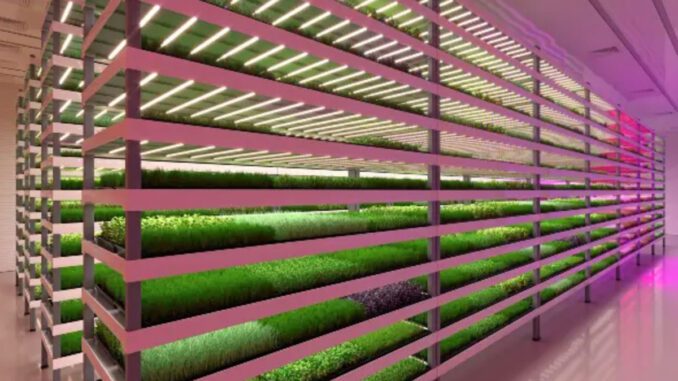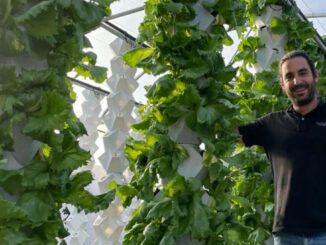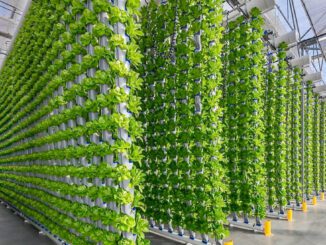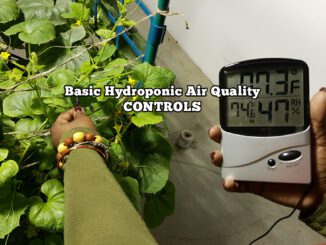
Why the Future of Humanity Depends on Vertical Farms, Linear Cities and Mass Population Transfers
Humanity Depends on Vertical Farms | Enrique Dans |
US company Crop One has announced the opening of the world’s largest vertical farm in Dubai. Initially, the news might seem like just another illustration of the Emirate’s obsession with having the world’s biggest everything, but it makes a lot of sense. Dubai, and the Emirates in general, located in the middle of a desert, imports most of its food, and until recently, sourcing foodstuffs locally was impossible.
Now, with the progressive development of vertical farming techniques, things are changing: because it requires 95% less water than conventional agriculture, no pesticides, and is energy efficient and predictable, it is now cheaper to grow vegetables in the middle of the desert than import them.
With a contract to supply the catering for Dubai’s national carrier, Emirates, and the possibility of accessing local markets, along with kosher and other certifications, it is relatively easy to consider building a farm anywhere.
Conventional farms are increasingly subject to extreme weather events, making them a risky proposition, which is why the idea of growing legumes on an industrial scale and feeding the population through a much shorter and less complex logistics chain is so attractive.
Meanwhile, across the other side of the Arabian peninsula, the Saudi regime is talking about building a linear city just 200 meters wide, 500 meters high and… 170 kilometers long. With mirrored outer walls, the proposed city, with fully integrated public transport and no cars, could house nine million people in a completely sustainable, temperature-controlled environment, producing their own energy and food, and moving around very little. Or causing a full ecological disaster.
Anybody who has been to Saudi Arabia will know that the vast majority of the population has never set foot on the street. Instead, they use air-conditioned vehicles to travel from home to work, to a university or to a shopping mall, all of which are also air conditioned. The street is a place where walking around is like having a hair dryer running at full power in front of your face. If you tell your hosts you’d like to go out for a walk, they look at you as if you were crazy, and they’re right. If average temperatures continue to rise, as seems likely, much of the world will be uninhabitable.
Linear cities and vertical farms may seem the stuff of science fiction, but they reflect our increasingly desperate situation, as does the idea proposed by the Maldives 13 years ago, with an average height above sea level of only 2. 4 meters, to buy land abroad so that its population of half a million have somewhere to live when their homes eventually disappear under the waves.
In short, we face a range of dystopias: growing vegetables in vertical farms in the desert; cities that look like colonies on Mars, and moving hundreds of thousands of people to places where they have never lived in their lives. This is the consequence of having overexploited our planet. We have reached the tipping point, and are headed to an increasingly uncertain future.
Original Article: https://goodmenproject.com/featured-content/why-the-future-of-humanity-depends-on-vertical-farms-linear-cities-and-mass-population-transfers/



